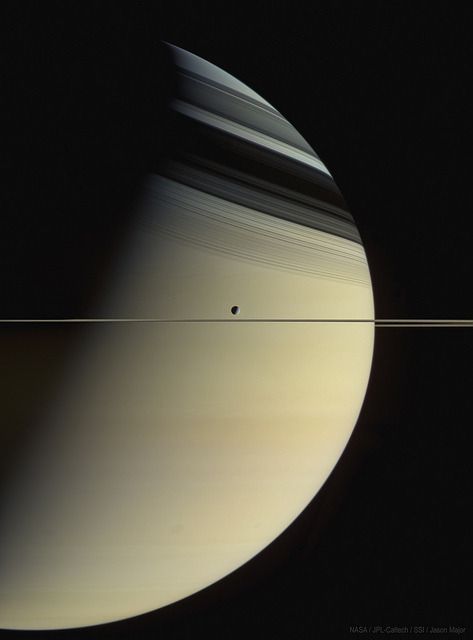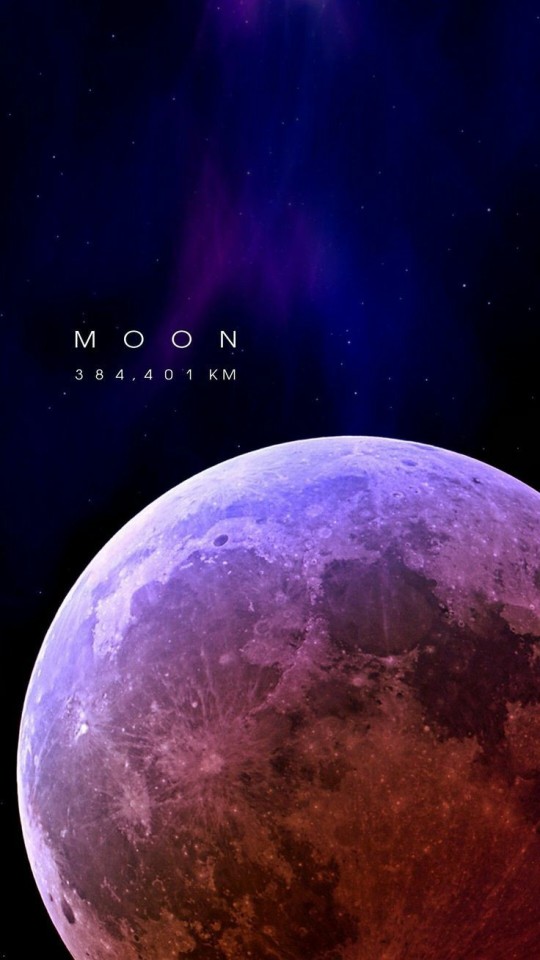Our Sun Is Entering Into A Sleepy State Of Inactivity— A Recurring Phenomenon Known As Solar Minimum.
Our sun is entering into a sleepy state of inactivity— a recurring phenomenon known as Solar Minimum.

A period of minimal solar activity, during which the surface solar movement diminishes, resulting in a trough in solar eruptions and coronal mass ejections (CME) activities. Though it is a period of (relative) calm for the otherwise seething ball of energy, it doesn't hold any consequence(s) for us, as Earthlings. Sun, as we know it, will remain the same.
More Posts from Spacenik and Others

Saturn like Exo Planet discovered in the habitable zone of another star system by a bunch of relatively amateur astronomers — under the umbrella called Habitable Exoplanet Hunting Project. (HEHP)
Watch the video here : https://youtu.be/0A7gEaewOws

Saturn and Dione , 2005
credits : NASA

GLOBAL VIEW OF VENUS IN ULTRAVIOLET FROM AKATSUKI
A false-color image using two ultraviolet channels from Akatsuki's UVI camera at 283 nm and 365 nm distinguishes different components of the Venusian atmosphere.
VENUS' NIGHTSIDE GLOW
This image shows the night side of Venus in thermal infrared. It is a false-colour image using data from Akatsuki.
VENUS' SOUTH POLE IN ULTRAVIOLET FROM AKATSUKI, JUNE 20, 2016
A false-color image using two ultraviolet channels from Akatsuki's UVI camera, showing details along a colourful band encircling Venus' south polar vortex in morning daylight.
Images Credit : JAXA / ISAS / DARTS / Damia Bouic
VENUS' COUPLED DYNAMICS AND SULFUR CHEMISTRY FROM AKATSUKI, JULY 23, 2016
A false-color image using two ultraviolet channels from Akatsuki's UVI camera. Venus' cloud dynamics are just as complex as Earth's.
Note : Akatsuki is a Japanese mission launched in 2010 to orbit Venus (which it failed the first time) but successfully entered Venus' orbit on December the 7th, 2015.
EQUATORIAL REGION OF VENUS FROM AKATSUKI
Images acquired during orbit number 13 of the Japanese probe Akatsuki show an incredible amount of detail on the equatorial, tropical, and extra-tropical clouds of the planet



VENUS IN INFRARED FROM AKATSUKI: CLOUD WAVE
This view of Venus was acquired by the Japanese Akatsuki spacecraft's IR2 camera, which observes—among other things—the "warmth" of the planet's atmosphere on its nocturnal side.



Simeis 147: Supernova Remnant
The supernova remnant has an estimated age of about 40,000 years, meaning light from the massive stellar explosion first reached Earth 40,000 years ago. But the expanding remnant is not the only aftermath. The cosmic catastrophe also left behind a spinning neutron star or pulsar, all that remains of the original star's core.
Image Credit & Copyright: David Lindemann

The arrangement of the spiral arms in the galaxy Messier 63, seen here in an image from the NASA/ESA Hubble Space Telescope, recall the pattern at the center of a sunflower.
Credit: ESA/Hubble&NASA

The Lonely Neutron Star In Supernova Remnant E0102-72.3 (the blue dot at bottom left) blue represents X-Ray light captured by NASA'S Chandra observatory, while the red & green represent optical light captured by ESO'S telescope in Chile and NASA'S Hubble in orbit. (Text adapted from apod.nasa.gov)
Credit : X-Ray — Chandra Observatory & Optical light — ESO / HUBBLE

The Orion Nebula as seen through William optics flurostar 132
Credit : astro_backyard : pinterest

The Pelican Nebula (IC 5067/5070) an H II region associated with the North American Nebula in the Constellation Cygnus snapped by Don Bryden
Photo Credit : DonBryden/Flickr
What would you take to the Moon with you?


The Ion Tail of New Comet SWAN
Image Credit & Copyright: Gerald Rhemann
Source : apod.nasa.gov
-
 seniprodi liked this · 4 years ago
seniprodi liked this · 4 years ago -
 kontnuumsgod6 liked this · 4 years ago
kontnuumsgod6 liked this · 4 years ago -
 scissorrace liked this · 4 years ago
scissorrace liked this · 4 years ago -
 neverstoplearning1999 liked this · 4 years ago
neverstoplearning1999 liked this · 4 years ago -
 felixjrs-blog liked this · 4 years ago
felixjrs-blog liked this · 4 years ago -
 htunnyunt-blog liked this · 4 years ago
htunnyunt-blog liked this · 4 years ago -
 ille-yves liked this · 4 years ago
ille-yves liked this · 4 years ago -
 originaleggsdreamerbonk liked this · 4 years ago
originaleggsdreamerbonk liked this · 4 years ago -
 numb-froes reblogged this · 4 years ago
numb-froes reblogged this · 4 years ago -
 kobachi-chan liked this · 4 years ago
kobachi-chan liked this · 4 years ago -
 prince-of-dumbassery liked this · 4 years ago
prince-of-dumbassery liked this · 4 years ago -
 winterstar160 liked this · 4 years ago
winterstar160 liked this · 4 years ago -
 the-goose-ferret reblogged this · 4 years ago
the-goose-ferret reblogged this · 4 years ago -
 galra-empress-dowager liked this · 4 years ago
galra-empress-dowager liked this · 4 years ago -
 the-goose-ferret liked this · 4 years ago
the-goose-ferret liked this · 4 years ago -
 1mayopotato1 liked this · 4 years ago
1mayopotato1 liked this · 4 years ago -
 niffty24 reblogged this · 4 years ago
niffty24 reblogged this · 4 years ago -
 niffty24 liked this · 4 years ago
niffty24 liked this · 4 years ago -
 void-tiger reblogged this · 4 years ago
void-tiger reblogged this · 4 years ago -
 void-tiger liked this · 4 years ago
void-tiger liked this · 4 years ago -
 headspacedad liked this · 4 years ago
headspacedad liked this · 4 years ago -
 headspacedad reblogged this · 4 years ago
headspacedad reblogged this · 4 years ago -
 theprominens liked this · 4 years ago
theprominens liked this · 4 years ago -
 spacestylans liked this · 4 years ago
spacestylans liked this · 4 years ago -
 ghostskarth liked this · 4 years ago
ghostskarth liked this · 4 years ago -
 libiccoco liked this · 4 years ago
libiccoco liked this · 4 years ago -
 eors-archive reblogged this · 4 years ago
eors-archive reblogged this · 4 years ago -
 pltuo liked this · 4 years ago
pltuo liked this · 4 years ago -
 dog-embroidery liked this · 4 years ago
dog-embroidery liked this · 4 years ago -
 the-nightmare-before-bucky liked this · 4 years ago
the-nightmare-before-bucky liked this · 4 years ago -
 fuckyeahcelestialthings reblogged this · 4 years ago
fuckyeahcelestialthings reblogged this · 4 years ago -
 traidon liked this · 4 years ago
traidon liked this · 4 years ago -
 mutedtempest reblogged this · 4 years ago
mutedtempest reblogged this · 4 years ago -
 lillymonchou liked this · 4 years ago
lillymonchou liked this · 4 years ago -
 ihavepride-blog liked this · 4 years ago
ihavepride-blog liked this · 4 years ago -
 ragazzott reblogged this · 4 years ago
ragazzott reblogged this · 4 years ago -
 mcducky476 liked this · 4 years ago
mcducky476 liked this · 4 years ago -
 devilstarlight liked this · 4 years ago
devilstarlight liked this · 4 years ago -
 alysiamartinez0 liked this · 5 years ago
alysiamartinez0 liked this · 5 years ago -
 sweetfeet liked this · 5 years ago
sweetfeet liked this · 5 years ago -
 lovelookingatthingsoftheworld liked this · 5 years ago
lovelookingatthingsoftheworld liked this · 5 years ago -
 xlunartreeabandalt liked this · 5 years ago
xlunartreeabandalt liked this · 5 years ago -
 blueeustelle liked this · 5 years ago
blueeustelle liked this · 5 years ago -
 furryfeet liked this · 5 years ago
furryfeet liked this · 5 years ago -
 lennis liked this · 5 years ago
lennis liked this · 5 years ago -
 poetaswtblr liked this · 5 years ago
poetaswtblr liked this · 5 years ago
